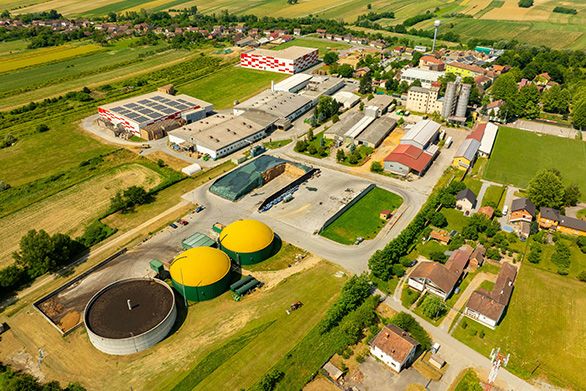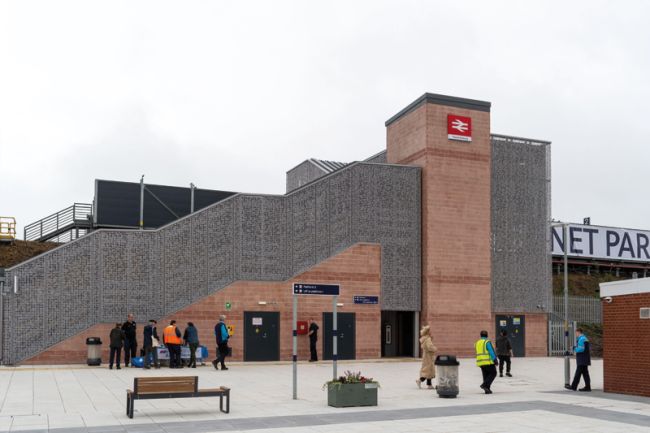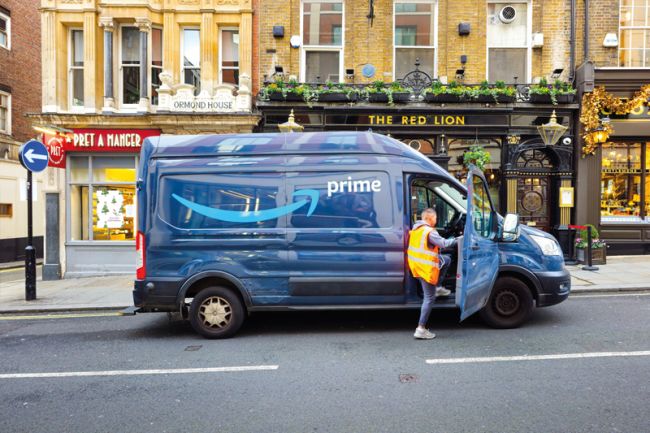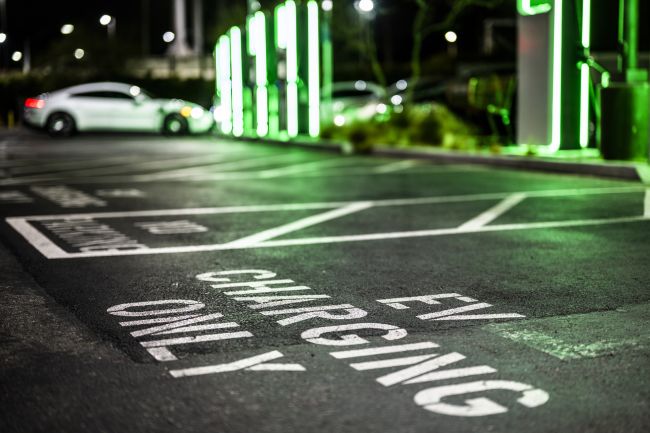Key takeaways from our Net Zero: making it happen series
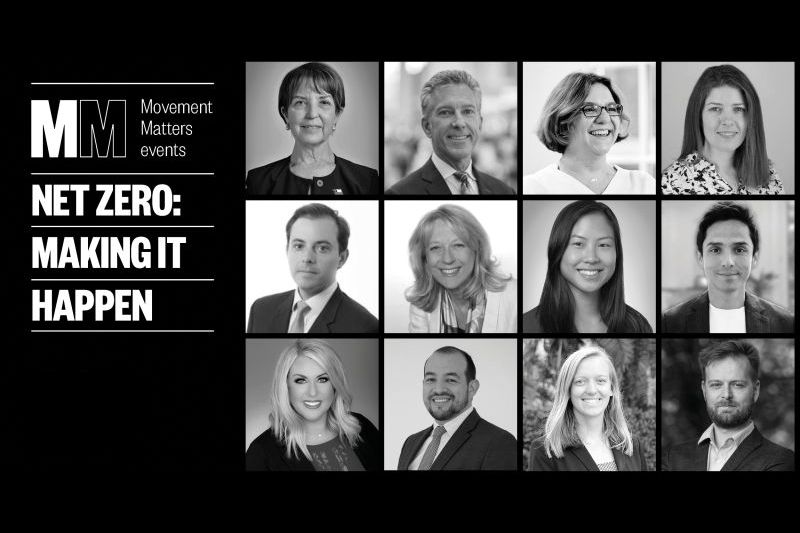
Common sense dictates developing a coherent and well-thought-through strategy before undertaking any sizeable or complex activity.
It is a tried and tested path to achieving desired outcomes.
However, when it comes to achieving our global net zero ambitions, the vehicle designed to develop and then deliver this strategy - namely, the series of COP meetings - appears to have accidentally achieved the opposite.
Hard-won and highly praised though COP goals are, delivering global sustainability and climate change goals continues to present an insurmountable challenge to governments and organisations worldwide.
Net Zero: making it happen
In our series of webinars hosted a week after COP27, Steer took an alternative approach to discuss and debate the challenges.
We believe in the power of storytelling and that, by amplifying net zero success stories from around the world, we can inspire leaders in all sectors to start taking steps to 'make net zero happen'.
For Steer, the zero-emissions vehicle (ZEV) sector is one we have helped to champion and grow. It is now leading the way in delivering real-world projects that achieve tangible sustainability results. We believe the hard-won insights and game-changing successes the sector has seen can inspire others worldwide, no matter their geography or industry.
Starting at the beginning, behaviours and numbers
The series deliberately took a broad approach which mirrors the challenge of achieving net zero goals.
Our first webinar, "Implementation", saw a lively discussion on how the global challenge of changing billions of individual behaviour patterns is at the heart of how we will ultimately achieve our sustainability goals. Using the example of how she introduced a new electric bus system in Santiago, Chile, Gloria Hutt, President of Evópoli and former Minister of Transportation and Telecommunications, Chile, illustrated how delivering on user (or in this case 'passenger') experience was critical to ensuring the long-term success of a net zero transportation system.
She also highlighted another critical success factor when delivering ambitious but local net zero projects: local context. For example, Chile's lack of a domestic automobile industry allowed them to pivot more quickly to a public e-bus scheme and probably more rapidly than other nations may be able to do.
Gloria, in her role as Minister of Transport, was able to understand the ambition of COP and translate broad, grand climate goals into immediate action on the ground. The project more than took local conditions into account; it leveraged the region's unique character to 'tailor-make' a relevant public transportation solution and was far more successful than a globally mandated strategy.
In other words, to coin a phrase, she listened globally but acted locally.
Turning to another key enabler of sustainable change, Jane Stevensen, CEO of JS Global Advisors, highlighted the successes that are being made in establishing globally recognised disclosures and standards for climate-related reporting. Whilst not having the PR attractiveness of a new e-bus fleet or sustainable e-mobility scheme, data and measuring progress against ambitious goals yield vital information that helps tackle stubborn infrastructural challenges. It highlights both successes and failures of past initiatives and, presented well, can inspire effective change.
Time for the elephant
Tuesday's webinar, "Finance", addressed the elephant in the room: how to present projects as low-risk investments that will deliver a commercial return and unlock both public and private investment.
Lauren Pamma, from the Green Finance Institute, along with Daniel Pulido from the IFC, Christian Velasco from AMP Capital and Luis Andres Alandia from Proparco (the private banking arm of the AFD) looked at investing in early-stage decarbonisation and net zero projects from both a public and private sector perspective. The role that development banks need to play in this arena is significant; as well as supporting countries to develop the necessary legal and regulatory frameworks, development banks can help increase the bankability of net zero projects.
There is, however, a 'sustainable' finance market, which is becoming increasingly synonymous with the finance market. Again, looking at behaviours, investors putting pressure upon funds to make the links between emissions and investments more explicit will help to accelerate this change, and yet again calls on the need for globally recognised independent standards and reporting criteria.
Using ZEV as an illustrative example, the panel explained how the unknowns around technology could obstruct capital mobilisation. Some areas, including public bus infrastructure, deliver more attractive projects to investors, whilst others, including charging infrastructure for private cars, may still require significant public sector support ongoing.
Sharing stories of success around projects of this type, involving both new and unknown technologies and investment profiles, is vital in creating the momentum we need to see to create a shift in global investment behaviours.
Accessibility and equality: our watchwords
As with many complex and ambitious change programmes throughout history, the successes seen are only universally and fairly accessed by some communities.
Alia Verloes, North American New Mobility Market Lead at Steer, hosted Wednesday's session, "Communities", in which highly experienced practitioners from the US, Bree Swenson from the California Air Resources Board, Caitlin Vargas from the Lane Transit District in Oregon and Michelle Go from the Metropolitan Transportation Commission, San Francisco Bay Area, shared their real-world experience and hard-won insights from projects they have run aimed at removing the hurdles that often prevent people from disadvantaged communities from accessing greener, low carbon forms of transportation.
Continuing the theme of taking a local approach to solving global net zero challenges, the panel discussed the importance of identifying net zero solutions tailored to the local community's needs. The panellists gave examples of this achieved in e-mobility – public outreach campaigns, mass education, and engaging local community influencers who became early adopters.
Yet again, the importance of individual behaviours as a critical success factor in achieving long-term, sustainable net zero outcomes was emphasised. The panel urged those agencies responsible for delivering local, sustainable transportation solutions to recognise that changes to people's everyday lifestyles and mobility, combined with new technologies, will require them to be flexible and agile in their long-term responses.
Put simply; there needs to be an acceptance that achieving net zero, whilst sounding finite, will never be an end state.
And in the real world
By the time the final session took place, the complex interplay between multiple agencies, data standards, finance, technology, and behaviours was becoming evident and understood.
However, the experience of the ZEV sector also showed that these relationships could be known, specified and successful.
In the last webinar on "Adoption", we looked at more real-world examples – specifically, how existing structures and facilities can adapt to support and enable net zero transportation solutions.
Stephen Van Beek, Director of NA Aviation at Steer, hosted the "Planes, Buses and Automobiles" session (to coin a phrase!). Katherine Ward from Beacon Rail, Alessio Tizzanini from Enel X, and Ivar Satero from San Francisco International Airport illustrated in each of their respective sectors the need for a flexible approach to respond to fast-moving technology and changing consumer demands.
Local, regional, and national contexts must be considered to achieve net zero. For example, a rail initiative will likely have more traction and success in Europe than North America. However, the illustrative points that can be extrapolated from successes in local projects can be applied to communities across the globe.
The time is now
Local or regional initiatives that deliver clear consumer benefits have the energy and momentum required to convene and mobilise multiple agencies, trigger innovative finance, and generate new technologies. For example, keeping consumer behaviour at the heart of all ZEV projects has been a driver of success in that industry; by ensuring that standardised reporting and standards are in the DNA of each project, projects will become both sustainable and prosperous.
And ultimately more attractive to investors – public or private.
A final word
Throughout history, storytelling has been how our society has learned lessons from the past, understood what is possible in the future, and gained the confidence to take those first steps forward. Steer's Movement Matters webinar series on Net Zero: making it happen is our contribution to this narrative and, hopefully, a key driver.


